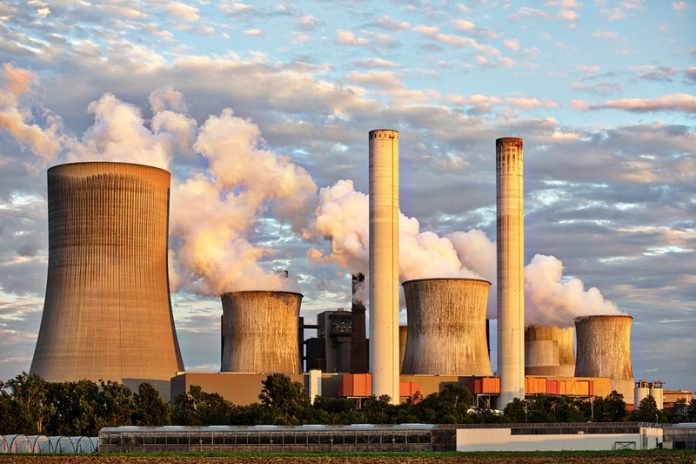
In a new study, researchers found a link between chronic exposure to hazardous air pollutants (HAPS) and COVID-19 mortality rates.
The research was conducted by a team at the SUNY College of Environmental Science and Forestry (ESF) and elsewhere.
HAPS, including formaldehyde, chromium, and nickel are compounds regulated under the Clean Air Act and known to cause human health problems.
These toxic compounds are released from a variety of sources in the United States including industry, households, automotive vehicles, and forest fires.
On July 11, when the study was finalized, COVID had claimed more than 100,000 American lives.
Using regression techniques and controlling for population characteristics, the team estimated U.S. counties with the highest HAP levels, on average, are experiencing double the COVID-19 mortality rate than counties with the lowest HAP levels.
They also found mortality rates increased in areas with higher particulate matter and ozone pollution.
The study seeks to help society understand the effects of chronic air pollution exposure through the lens of the COVID-19 pandemic and provide a comparison of the effects of a wide variety of air pollutants and help guide future decision making.
Interestingly, counties with high mortality and HAP rates are in semi-rural southern states, not just high population centers.
While the study was based on county-level averages and lacks the specificity of a cohort study, it is hoped it will serve as a starting point for future research.
One author of the study is Michael Petroni, a Ph.D. candidate and Fellow.
The study is published in Environmental Research Letters.
Copyright © 2020 Knowridge Science Report. All rights reserved.



